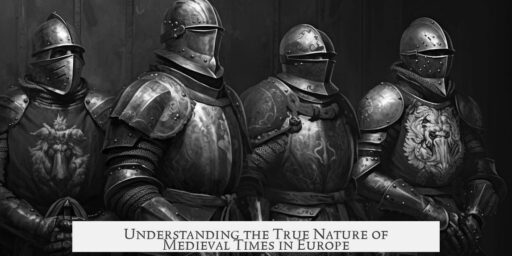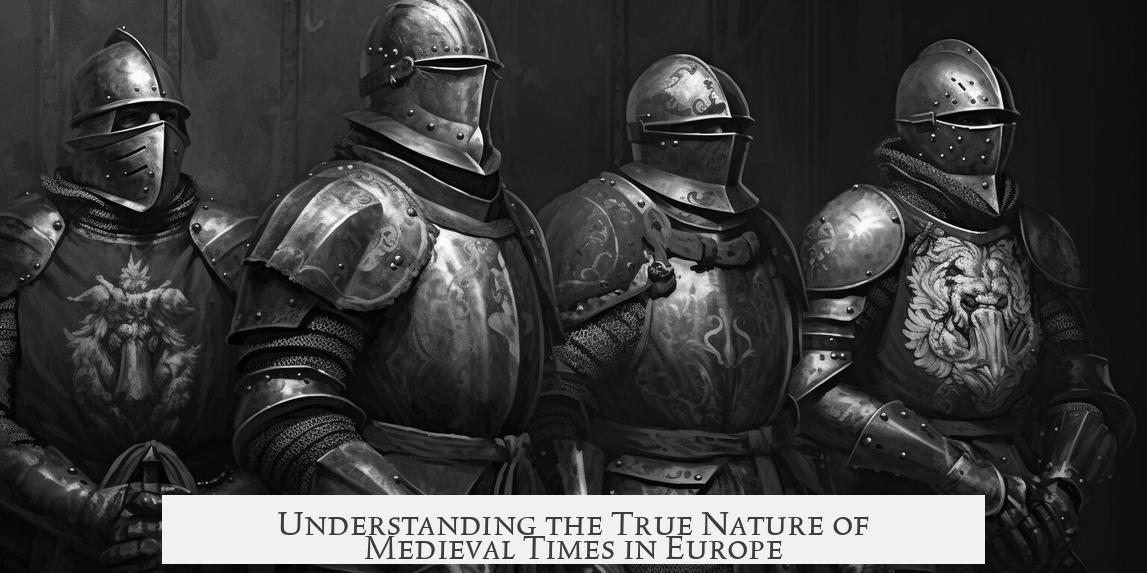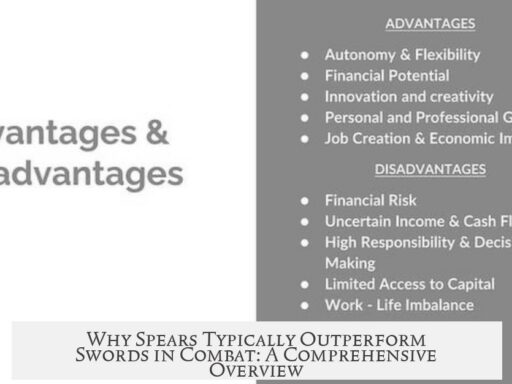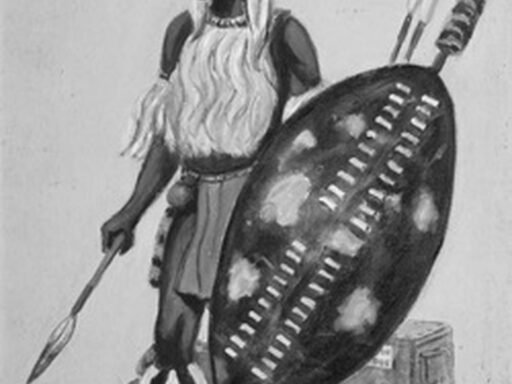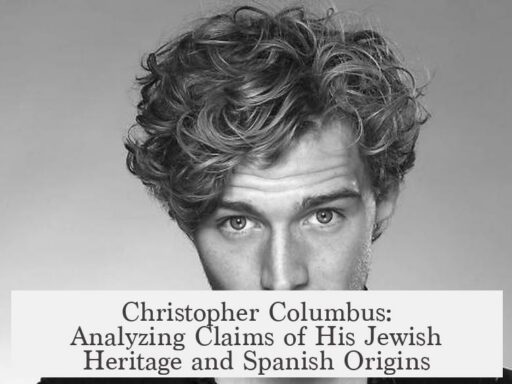The true Medieval Times or Middle Ages in Europe span roughly from 500 AD to 1500 AD, bridging the gap between antiquity and modernity. This period begins after the Western Roman Empire’s decline and ends before the Renaissance and the onset of modern Europe. Historians broadly agree on these dates, although exact years can vary.
The term “Middle Ages” originated in 14th and 15th century Italy. Thinkers of that era viewed this time as a “middle” period of decline between the glories of ancient Rome and their contemporary Renaissance. They considered it dark and barbaric. Modern historians reject this biased view, seeing the Middle Ages as a diverse and vital epoch instead of a cultural void.
The Middle Ages divide into three parts, each with distinct historical characteristics:
- Early Middle Ages (circa 476–800): Starting after the Western Roman Empire’s dissolution, this era sometimes called the “Dark Ages” or “Migration Period,” witnessed widespread population movements and established the foundation for medieval Europe. It ends with Charlemagne’s coronation as emperor in 800, signaling a move toward a unified Christian realm.
- High Middle Ages (800–1300): Marked by rapid Christianization, cultural growth, and population increase, this period unified much of Europe under Western or Eastern Christian influence. Technological progress and favorable climate changes spurred economic and societal development. Feudalism and knightly culture flourished.
- Late Middle Ages (1300–1500): This era saw political fragmentation and internal power struggles, especially between the Church and the Holy Roman Empire. Strong independent nation-states emerged, setting the stage for the Renaissance and religious reformations. However, progress was uneven across Europe; southern Italy experienced classical revival, while northern regions finished Christianization and recovered from Mongol dominance.
Medieval culture developed unevenly. The Late Middle Ages overlapped with the Renaissance, particularly in Southern Europe. The Renaissance revived classical learning but still drew on medieval foundations.
Popular media often misrepresents the Middle Ages. Films outside Europe tend to portray knights in late medieval plate armor with Gothic castles, but simplify social structures and ignore late medieval economic complexity. For example, merchant republics, banking advances, urban growth, and religious upheaval receive little attention.
This simplified portrayal focuses on visual stereotypes rather than accurate social dynamics. Actual medieval society was marked by fluctuating political powers, significant urbanization, and religious diversity. The idea of a static, uniformly backward “Dark Ages” does not hold up against scholarly research.
| Period | Dates (approx.) | Key Features |
|---|---|---|
| Early Middle Ages | 476–800 | Post-Roman collapse, migrations, early Christian kingdoms |
| High Middle Ages | 800–1300 | Christianization, population growth, feudalism, cultural expansion |
| Late Middle Ages | 1300–1500 | Decline of centralized control, rise of nation-states, social and economic transformation |
Key takeaways highlight the complexity of the Middle Ages:
- The Middle Ages last roughly from 500 to 1500 AD in Europe.
- It is divided into Early, High, and Late periods with distinct developments.
- The term was originally derogatory but is now used for convenience.
- Medieval society evolved—urban growth, religious change, and political shifts characterize it.
- Popular images often misrepresent or oversimplify this diverse era.
